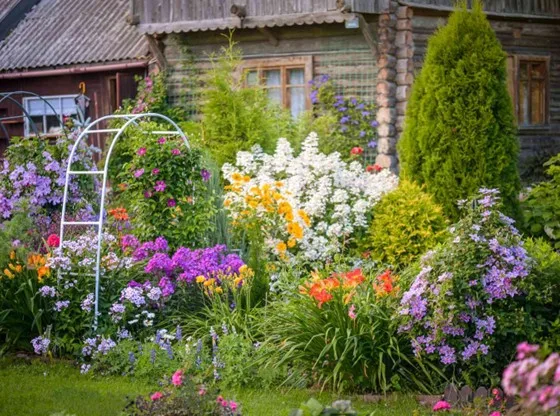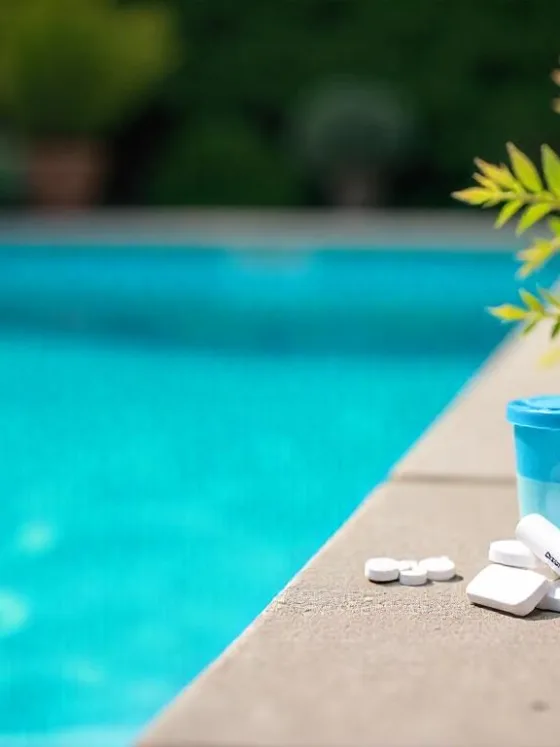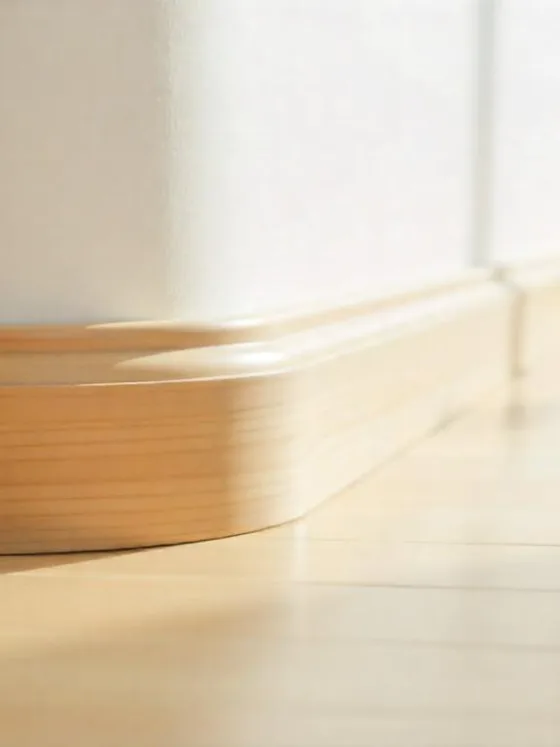Table of Contents Show
On a mild evening I snipped a bowl of leaves, still damp from the hose, and it hit me: home-grown food isn’t just cheaper or “eco”. It slows the week down. You taste the difference, you know where it came from, and—if you’re lucky—you swap a spare tomato for a neighbour’s courgettes. That’s the real win. If today’s your first step, here’s a gentle primer to start your homestead journey with simple, realistic wins.
In short (TL;DR)
- Picked today = fuller flavour, less waste.
- A few easy crops trim the weekly shop without turning weekends into chores.
- Short bursts outside do wonders for mood.
- Compost the scraps; your soil says thanks.
- Allotments = skills, tea, and borrowed tools.
1) Fresher food tastes better
Bite a garden tomato warm from the sun and you won’t confuse it with a chilled, travel-worn one. For month-by-month UK cues on what to sow and pick, see the RHS “what to do this month” advice—a simple compass for beginners and old hands alike.
2) It can cut costs (without turning into a second job)
No spreadsheet needed: salad leaves, soft herbs, and a couple of cherry toms quietly reduce the trolley total. The habit that helps most is simple—grow what you’ll actually eat, and check WRAP’s food-waste guidance so less ends up in the bin. Start with reused containers, peat-free compost, and four to six plants you’ll actually eat. For setup on the cheap, steal a few garden storage and setup hacks to keep tools tidy and weekends smoother.
3) Better for your health and headspace
Half an hour with a watering can resets the day more reliably than scrolling. Community gardens and therapy plots often report improved mood, lower stress, and a sense of progress. For real-world examples, read the NHS North West Wellbeing Garden case study showing how accessible green space supports community health. If you’re in a city flat and love the idea of bringing nature closer, our urban beekeeping guide pairs beautifully with pollinator-friendly planting.
4) A seasonal rhythm that makes weeks feel calmer
Spring sowing, summer bustle, autumn bowls, winter notes by the kettle—UK seasons make gentle routines. Follow a light monthly pattern—sow, tend, pick, put to bed—and everything feels less chaotic. The RHS advice hub gets you unstuck fast, and best plants for shade help if trees steal your light.
5) Smaller footprint: fewer “food miles,” less packaging, more compost
You pick what you need and skip the plastic. Scraps become compost, which feeds next season’s soil—circular by default. If your heap goes cold or slimy, Garden Organic’s composting steps fix it. While you’re improving soil health, avoid own-goal plant problems with common fungal disease mistakes to avoid to keep growth strong and waste down.
6) Skills, confidence, and a little resilience
You learn by doing: the day you finally clock slug trails or feel rain in the soil. You’ll also learn to deal with the real things (slugs, wind, drought) and feel less at the mercy of prices and shortages. Home preserves—quick pickles, a basic chutney, frozen pesto—stretch harvests and make winter taste less grey. When you want more depth, Garden Organic’s composting library keeps you moving.
7) Cooking gets more interesting (and tastier)
Grow one or two “why isn’t this in shops?” varieties and supper changes. Short on space? Borrow ideas from vertical gardening in your garage—trellises and shelves translate well to balconies. When you’re ready to branch out, try growing fruits in pots—strawberries are pure cheer.
8) Community, allotments, and the joy of swapping
Plots are universities with sheds. If you’re curious about how allotments work or how to get a plot, the National Allotment Society explains the system and how to become a plot holder even when waiting lists are long.
Your first 30 days (micro-plan)
- Week 1: Two 25–30 cm pots, peat-free compost, packets of cut-and-come-again lettuce and radish. Basil and mint in separate pots. Label them—you’ll thank yourself.
- Week 2: Water before breakfast every other day. Thin crowded seedlings. A quiet five minutes beats a Sunday panic-water.
- Week 3: Stake tomatoes, pinch basil tops (you get pesto now and a bushier plant).
- Week 4: Harvest a handful, often. Pull one radish to test; if it’s crisp and peppery, the rest won’t be far behind.
Beginner troubleshooting (quick wins)
- Slugs: raise pots on feet, copper-tape the rims, and water mornings—not evenings, when slugs clock in.
- Dry pots: huddle containers, add a thin mulch, water slowly until it drips.
- Leggy seedlings: more light, fewer seeds per module; turn trays daily.
- Compost stuck: aim for a “wrung-out sponge”, mix browns with greens, then follow Garden Organic’s hints & tips for stubborn heaps.
FAQs
Often—especially for salad leaves, soft herbs, and cherry tomatoes. Start small, reuse containers, and pick little-and-often so nothing is wasted.
Cut-and-come-again lettuce, dwarf French beans, bush tomatoes, chillies, basil, and mint. Use 20–30 cm pots, water in the morning, and feed lightly once a week.
Plan 15–30 minutes, three or four times a week in peak season: water, pick, and check for pests.
Salad leaves and radishes—roughly 30–45 days in mild months.
Six hours is great, but you can still grow in part shade. Prioritise leafy greens and herbs, and use light-coloured containers to reduce heat stress.
Raise pots on feet, add copper tape around rims, water in the morning, and keep mulch thin near stems. Hand-pick after rain.
It’s too wet or too “green.” Mix in dry browns (shredded card, twigs, dry leaves), fluff the heap for air, and aim for a “wrung-out sponge” feel.
Yes, modestly. Try hardy greens under cover, sow again late summer for autumn harvests, and protect with fleece during cold snaps.










